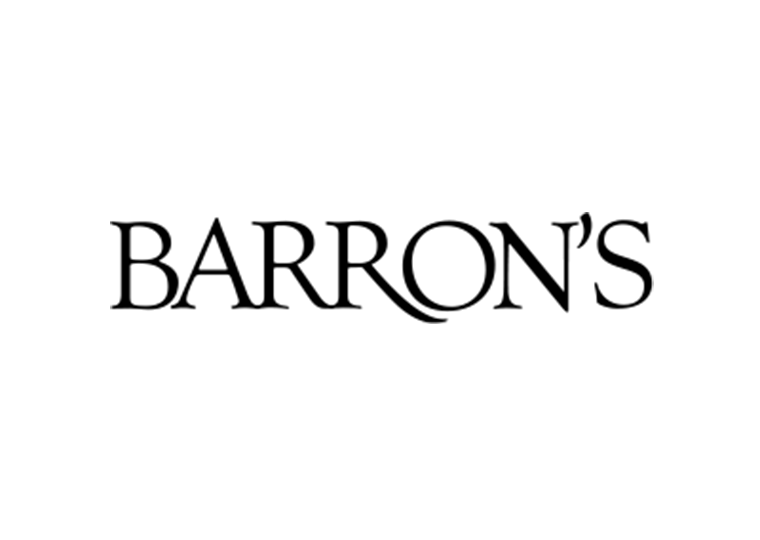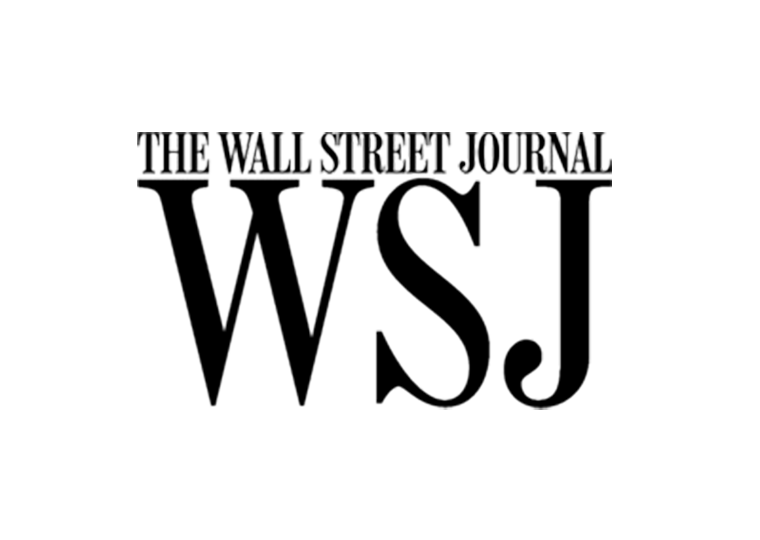Programs make it easier to hire and retain workers; the convenience is typically not free
The twice-monthly paycheck is looking a bit quaint, a tradition as old school as Monday through Friday commutes and nonnegotiable hours. Workers, who gained bargaining power post-COVID-19, prefer not to wait patiently for their earned dollars on the boss’s cycle. It’s their money, and a lot of them want it now.
Thousands of employers, from burger joints to Amazon, learning to compete to attract and retain scarce labor, have acquiesced. Some allow workers to collect a portion of earnings once or twice before payday; some let workers take everything they’ve earned to date, whenever they want. Some $22 billion in earned pay went out early to more than 7 million workers through earned wage access programs in 2022, up from $3.2 billion in 2018, according to the Consumer Financial Protection Bureau.
In a 2022 survey, Citizens Bank found that 70% of middle-market companies were offering EWA to some employees, with an additional 24% planning to implement it in the near future.
Get Paid — Early and Often?
Workers love it. Takeup is fast and widespread. Specialized companies like DailyPay and Payactiv, hired by employers, supply apps and debit cards that make withdrawing easy. Employers overwhelmingly report that EWA plans help them attract and retain workers.
The catch? There are typically fees, which the worker shoulders, and when calculated like a loan — based on the size of the withdrawal and the number of days prior to the standard payday — the annual percentage rate typically tops 100%, according to California’s Consumer Financial Protection Bureau. What’s more, consumer advocates in and out of government worry that, after decades of trying to nudge workers toward more responsible spending, saving and borrowing, advanced-pay programs could undermine those disciplined habits.
A paper forthcoming at Management Science by UCLA Anderson’s Keith Chen, Katherine Feinerman, a Ph.D. student, and Kareem Haggag adds the number of hours worked to the benefits employers enjoy when offering advanced-pay programs. Their research finds that Uber drivers chose to drive significantly more hours after they gained immediate access to earned wages. The findings broadly tracked across drivers, regardless of age, gender or estimated wealth.
The Unique Nature of Gig Work
If paying people their earnings on demand makes them want to work more, that could be a game changer for a whole lot of bosses. If you’ve ever had to beg an off-hours staffer to come to work right now because a dishwasher or a night nurse or a forklift driver didn’t show, you might appreciate a tool that motivates such cooperation. Or if you’re spending way too much time and money training new hires because your workers don’t stick around, an EWA plan might help with retention.
Most workers, of course, can’t just show up for more work whenever they want and expect to make more money. They have to do their jobs when some scheduling boss tells them to. Gig workers often can, and their ranks are growing.
But the plans are also popular with employees at a lot of places that don’t gig, including McDonald’s, Darden Restaurants, Amazon and Walmart. Walmart found that salaried employees signed on for the program at even higher rates than their hourly workers.
Several studies report double-digit reductions in turnover rates after companies adopt EWA programs. Employee surveys reported in a 2019 Visa presentation found 89% of employees said they would be willing to work longer hours when early cashouts were possible, and 79% said they would be willing to switch to an employer that offered a plan. Older research suggests worker effort rises approaching payday, potentially bumping productivity when workers collect more frequently.
At Uber, the UCLA Anderson study finds, merely enrolling in the on-demand pay program raised work time 10.1% and earnings 10.8%. Drivers who actually used Instant Pay (excluding those who only signed up) increased their work hours 21% and their earnings 22.8% during the study period.
Those are striking results considering Uber drivers never had to wait the standard two weeks for pay. The company has always been on a one-week pay cycle, and uncollected pay still lands in workers’ bank accounts every Wednesday. Theoretically, workers on more traditional two-week pay cycles might add even more hours between pay cycles.
It’s assumed by some that EWA products are used most by low-wage earners desperately arbitraging paydays and bills. That’s not what Chen, Feinerman and Haggag observed at Uber. The lure of immediate access to cash appears to motivate workers whether or not there’s a bill due now.
Uber’s Instant Pay plan, rolled out in stages starting March 2016, allowed drivers to collect their full earned wages (not partial) whenever they wanted, up to five times a day. Accumulated earnings not collected before 4 a.m. Sunday were sent for direct deposit, which made them inaccessible until the traditional Wednesday payday. With a program managed by GoBank, drivers were initially provided no-fee debit cards that allowed them to pull collected earnings from ATMs or transfer the funds to bank accounts.
According to earlier reports, some 80% of Uber drivers enrolled when the offer came to their city. About a year after launch, hundreds of thousands of them were using Instant Pay to collectively draw $1.3 billion in earned wages. In 2019, 70% of all driver payments were made through the program.
The researchers studied two months of data after the Instant Pay launch. Among the observations:
- There was no evidence to suggest EWA is just for the lowest-income workers. Drivers who lived in higher income areas made withdrawals and upped hours at only slightly lower rates than everyone else. Similarly, age and gender was not very predictive of usage.
- Withdrawal activity was consistently lowest on Mondays. It grew in frequency and value throughout the week before peaking on Sunday, the deadline for collecting the previous week’s earnings before they went in Wednesday’s paycheck.
- The pattern of additional work hours ran opposite the cashout pattern. Drivers who used Instant Pay worked more hours on Monday and decreased hours toward Sunday, three days before payday.
The data doesn’t suggest most EWA dollars are going to meet bill deadlines or to immediately cover some budget shortfall. If they were, one would expect quick cashouts on extra hours worked, the researchers explain.
Focusing on Short-term Gain
The results, the researchers write, point to what’s known as “present bias” as the motivating factor for working longer. Present bias says people value immediate rewards over those in the future. Think of that hypothetical choice of $50 now versus $60 later. In experiments, more subjects take the $50.
In this study, however, the reward isn’t just the additional cash. It’s control of the cash. Working more hours early in the pay cycle under Instant Pay reduces the discomfort of waiting for cash with the knowledge that drivers can end that wait, even if they choose not to. They can get their $50 now, or not.
The pattern of sign-ups also supports present bias. Drivers who previously tended to work more hours as payday approached before the Instant Pay launch were much more likely to enroll, activate and use it.
During the UCLA Anderson study period, there were no fees at Uber, setting it apart from most employers. The company changed program providers in 2023. In the interim, GoBank added a 50-cent fee for each withdrawal on its debit card and took away the ability to transfer those funds to bank accounts. It added the option to use Visa, MasterCard and Discover debit cards that do allow transfers for a $1.25 fee per transaction.
Those who argue against EWA point to the fees charged to workers and to the lack of regulation around the plans. Few jurisdictions legally limit fees, and they vary widely. When they are calculated using APRs in the same manner as credit card or payday lender fees, the low amounts and short “loan” times make rates look exorbitant. Most users make multiple withdrawals between pay periods, which also jacks up costs. “Based on average usage and cost patterns in our data, an illustrative APR is 109.5%,” the CFPB reported, with the average withdrawal at $66.
EWA supporters argue it’s absurd to calculate APR on a product that isn’t a loan. The money is already earned and simply withheld. (Complicating this argument: Some companies selling early wage access directly to consumers —aka, to workers who don’t work for them — really are just making high interest loans.) It’s worth noting that the federal government doesn’t limit APR, which in some cases reach triple digits, for credit card companies or payday lenders except when active military use them. States sometimes do.
Is It Really a Loan?
For some, early access to their pay may help them avoid turning to payday lenders or other short-term credit sources. Research on EWA’s impact on worker financial health is fairly recent and inconclusive. A 2021 study published in the Journal of Financial Economics found that “higher paycheck frequency results in less credit card borrowing, less consumption, but more instances of financial distress.” Conversely, a 2022 study in the Journal of Consumer Research finds more frequent wage collections lead consumers to feel wealthier and spend more.
Several industry-backed reports, mostly surveys, suggest EWA users dramatically reduced reliance on more expensive payday lenders and account overdrafts.
Many employers offering EWA restrict pre-payday cashouts to a portion of accrued earnings, oftentimes 50% or 60%. They also limit the number of cashouts in a pay period. Some companies incorporate optional financial planning tools in the app, such as bank account analyses that keep running tallies of both income and upcoming expenses.
Walmart, where hundreds of thousands of workers use an EWA program, found the savings and budgeting tools critical to getting retention benefits these programs advertise, according to Bloomberg News. Among workers who checked the app frequently, turnover rates in the first six months of employment dropped to 30%. (The company did not report retention rates of non-users.) Among light users — they likely only used the app for collections — more than half quit before six months of employment.
It’s possible that those frequent app users stuck around longer because newfound money management skills reduced their financial stress. If so, combining EWA with financial tools might be a nudge even its skeptics can embrace. It lines up with other efforts to gently push individuals toward fiscal responsibility, like auto-enrolling workers into 401K plans, removing taxes from college savings products and incentivizing credit counseling or financial planning assistance.
Featured Faculty
-
M. Keith Chen
Professor of Economics
-
Kareem Haggag
Assistant Professor of Behavioral Decision Making
- Kate Feinerman
About the Research
Chen, K., Feinerman, K., & Haggag, K. (in press). Flexible Pay and Labor Supply: Evidence from Uber’s Instant Pay. Management Science.
Baker, T. H. & Kumar, S. (2018). The Power of the Salary Link: Assessing the Benefits of Employer-Sponsored FinTech Liquidity and Credit Solutions for Low-Wage Working Americans and Their Employers..
Murillo, J., Vallee, B., & Yu D. (2023). Fintech to the (Worker) Rescue: Access to Earned Wages, Financial Health and Employee Turnover,
EY, (2020). Payday pressure: looking to flexible salary solutions. [White paper].
Kaur, S., Kremer, M., & Mullainathan, S. (2015). Self-Control at Work. Journal of Political Economy, 123(6), 1227-1277.
Baugh, B. & Correia, F. (2022). Does Paycheck Frequency Matter? Evidence from Micro Data, Journal of Financial Economics, 143(3), 1026-1042.
De La Rosa, W. & Tully, S.M. (2022). The Impact of Payment Frequency on Consumer Spending and Subjective Wealth Perceptions. Journal of Consumer Research, 48(6), 991-1009.







